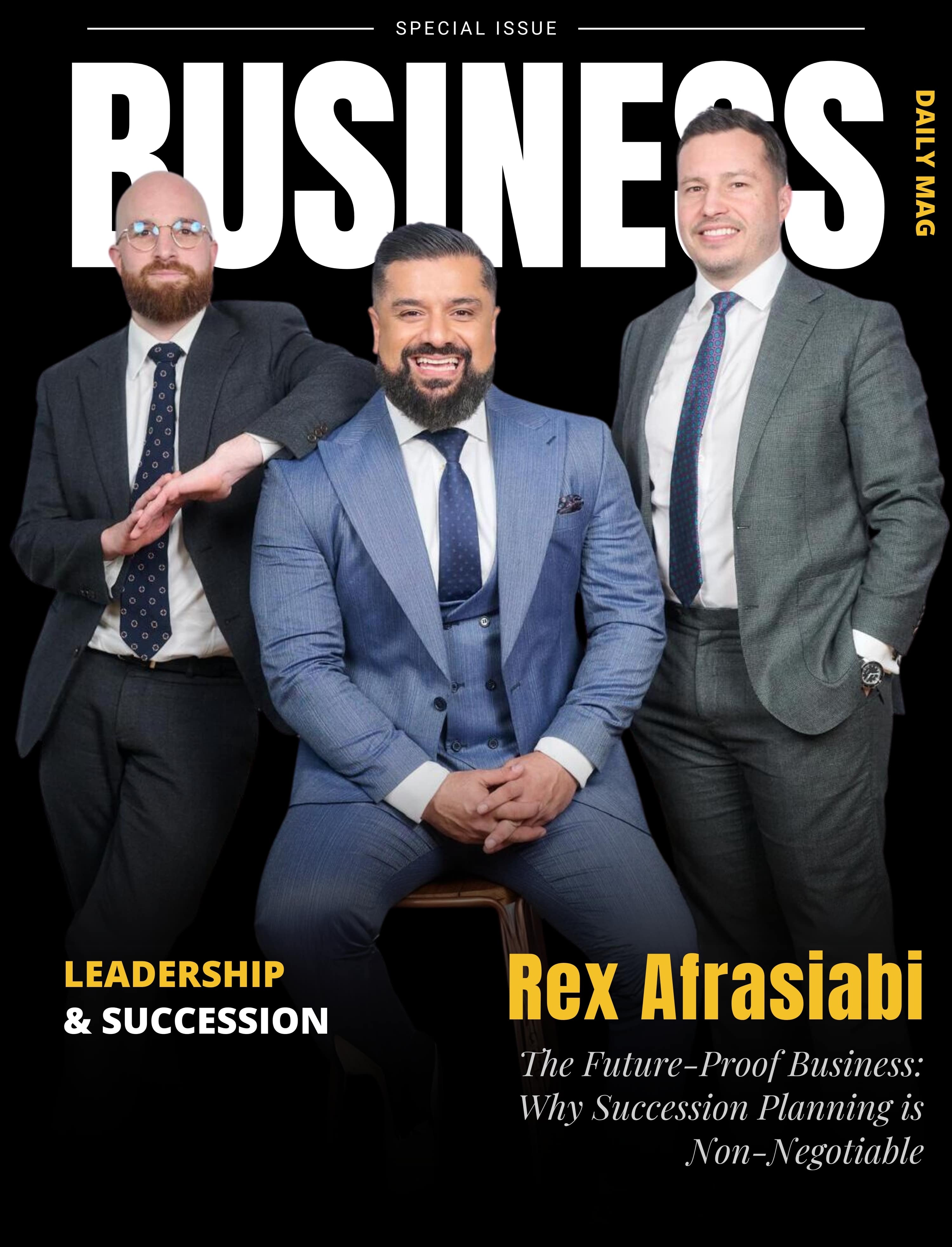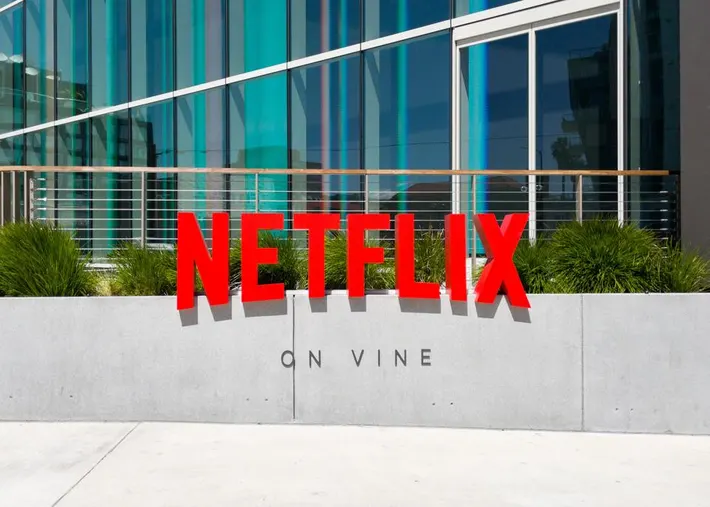A strong "succession plan" is essential for cultivating leadership, ensuring continuity, and safeguarding against unexpected changes.
I n today's volatile business landscape, where disruption is the norm and uncertainty reigns, future-proofing your company is no longer a luxury, it's a necessity. And at the heart of any future-proofing strategy lies a robust succession plan.
We sit down with Rex Afrasiabi, a prominent commercial lawyer and director of New Chapter Legal to talk about the more in-depth benefits of succession planning. “Succession planning, often relegated to the back burner, is the process of identifying and developing future leaders to ensure a seamless transition when key roles become vacant. It's about cultivating talent from within, ensuring continuity, and safeguarding your business against the unexpected,” Afrasiabi said.
The Benefits of Building a Leadership Pipeline
A well-crafted succession plan offers a wealth of advantages:
- Cost Efficiency: Hiring external candidates is expensive. Recruitment, onboarding, and training all add up. Succession planning allows you to promote from within, leveraging existing talent and significantly reducing these costs.
- Operational Continuity: Life throws curveballs. Unexpected departures, illnesses, or organizational restructuring can disrupt business operations. A solid succession plan ensures you have a well-prepared team ready to step up and maintain momentum.
- Sky-High Morale: Employees crave growth opportunities. Succession planning demonstrates your commitment to their development, fostering a sense of value and loyalty. This translates to increased motivation, productivity, and reduced turnover.
- Leadership Development: Succession planning isn't just about filling vacancies; it's about continuous leadership development. By identifying high-potential employees early on and providing them with the necessary training and mentorship, you create a pool of future leaders who deeply understand your business and its intricacies.
Afrasiabi further adds that “Succession planning isn't merely a contingency plan for when someone leaves; it's a proactive strategy for cultivating leadership and ensuring your company's long-term success and growth.”

Afrasiabi’s Steps to Developing a Succession Plan
Afrasiabi believes a succession plan should be developed by:
- Identifying Key Roles: Determine the critical positions within your organization and understand the skills and experience required to succeed in them.
- Assessing Internal Talent: Evaluate your existing workforce to identify individuals with leadership potential. Look beyond current performance and consider their aspirations, adaptability, and learning agility.
- Developing Future Leaders: Provide targeted training, mentorship, and development opportunities to prepare high-potential employees for leadership roles. This could include job rotations, stretch assignments, and leadership development programs.
- Creating a Talent Pipeline: Document your succession plan, outlining potential successors for key roles and their development progress. Regularly review and update this plan to reflect changes in business needs and individual performance.
Investing in the Future
In an era of constant change, a robust succession plan is no longer a "nice-to-have," it's a "must-have." By investing in your employees and cultivating a strong leadership pipeline, you'll ensure your business not only survives but thrives in the face of any challenge.
Building a Legacy
Succession planning isn't just about filling roles; it's about building a legacy. It's about empowering the next generation of leaders to carry the torch and continue the company's mission. Afrasiabi recently had the opportunity to experience this firsthand, ultimately moving across his own firm to two long-time team members. Afrasiabi had nurtured their growth over nearly a decade, providing them with the skills and experience needed to take the reins. This process wasn't just about ensuring a smooth transition; it was about entrusting the future of his former law firm to individuals who embody the right values and who were committed to the same vision, within the context of their own new brand.











.jpeg)
